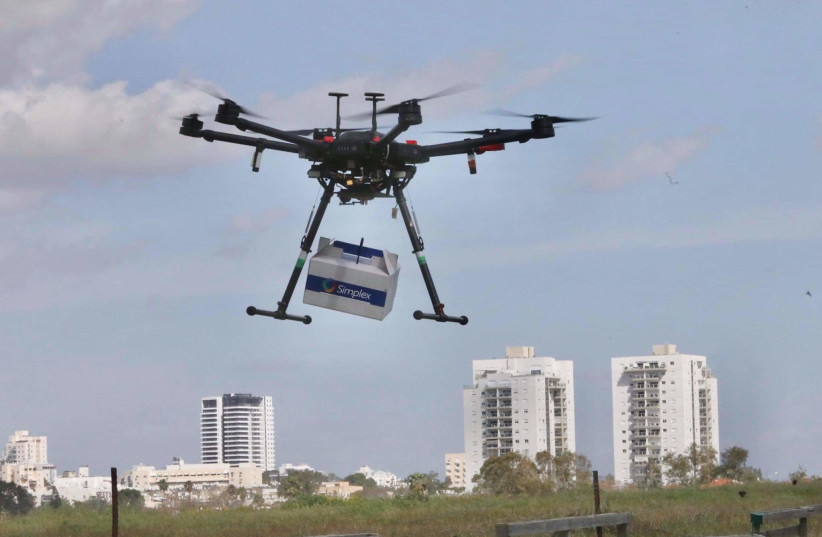The promising field of drone deliveries and air taxis might be threatened by an unexpected hazard - strong and sudden wind gusts around tall city buildings.
The authors of a study published May 31 in the journal Drones warn that more regulation is needed to adress this issue, before air taxis and delivery drones can go fully operational.
“Regulations and certification need to specifically address safe operation when traversing building flow fields,” said Abdulghani Mohamed, from the School of Engineering at RMIT University, Melbourne.
The taxi and delivery-drones are low flying aircraft and have to perform landings and take offs at low speed, which makes them particularly vulnerable to sudden wind gusts and they therefore require more power for landings and take-offs in cities that they would in an airport, for example.
Strong gusts leave a low margin for error
“The margin of error will be much lower than at airports, where large aircraft can tolerate much stronger gusts. We won’t have that flexibility with air taxis in cities,” according to Mohamed.

“These aircraft need powerful motors that can rapidly change the thrust generated by the propellers to rapidly force the vehicle back on-course, a process which requires more energy,” he added.
Even with only moderate winds, high levels of turbulence intensities can occur, producing gusts that will impact the stability and control of the aircraft especially during landing and take-off maneuvers
The research team emphasized that to make sure the new technology can be operated safely and reliably, weather conditions also have to be taken into account, and wind simulations and measuerments should be used to determine safe sites for landing and take-off.
“Regulations and certification need to specifically address safe operation when traversing building flow fields,” Mohamed said. “As we determine the location of vertiports – where these vehicles will take off and land – we also need to determine hazardous regions to avoid. This will enhance safety and reduce interruption of a fleet due to wind conditions.”
“Purpose-built vertiports mean we could integrate geometric design features to reduce hazardous flow conditions from occurring, and we are exploring this in our current research,” Mohamed added. “Existing buildings can also be repurposed as vertiports but may require modifications to improve the aerodynamics near the landing pads. The effectiveness of such design features can be assessed through either scaled experiments in wind tunnels or through full-scale measurements."
Israel’s National Air Drone Initiative (INDI) has launched a number of drone flight tests across Israel in June, in preparation for the advancement of flight vehicles.
INDI partnered with the Transportation Ministry, the Israel Innovation Authority, Ayalon Highways, and the Civil Aviation Authority of Israel (CAAI). The project has been operating since 2019 and over the last three years, more than 19,000 flight exercises have been conducted.
